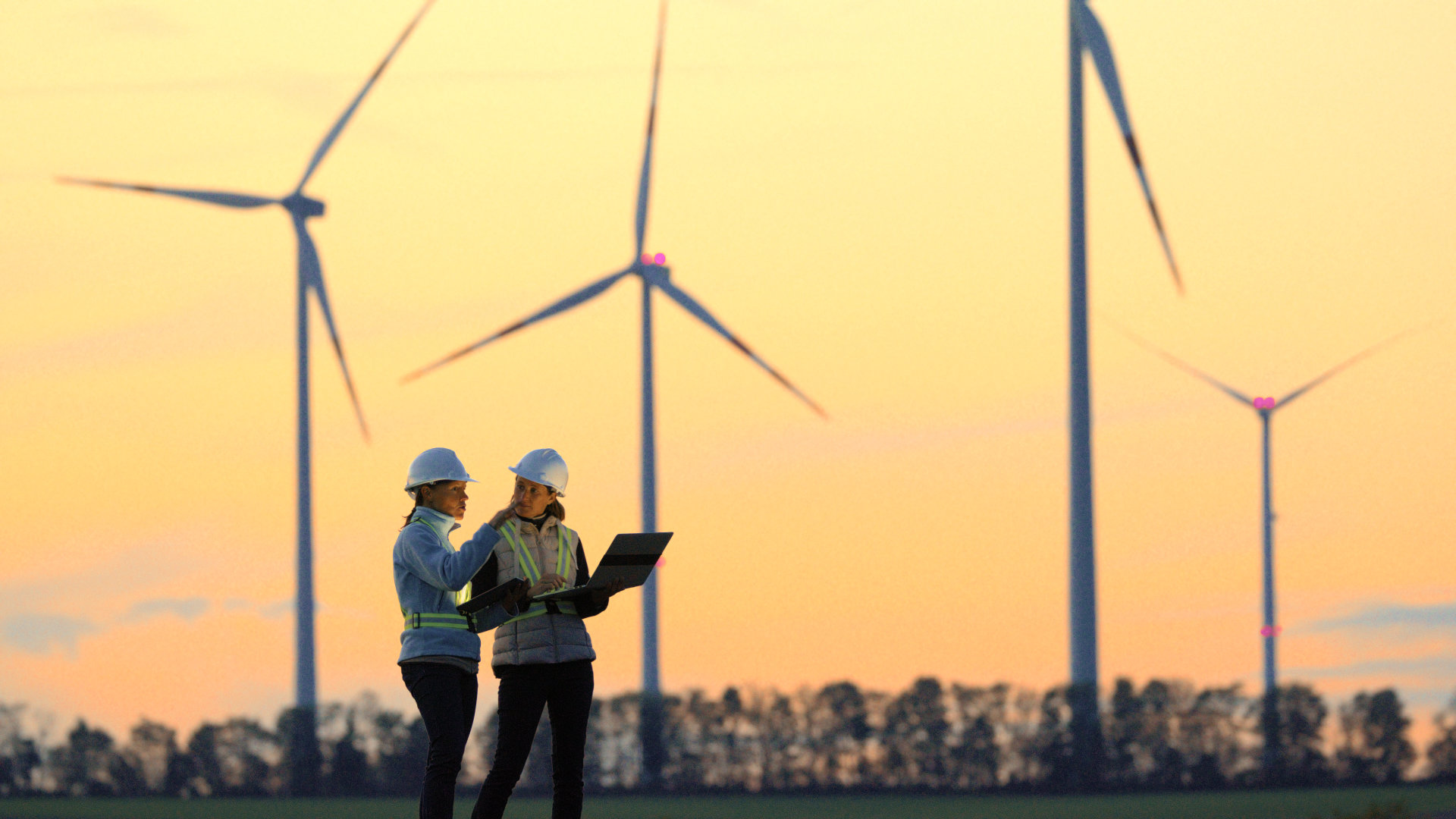
Hydrogen
Hydrogen economy is an everyday part of the chemical industry.
Subject Overview
Hydrogen is widely considered a key measure in achieving climate targets, and EU is undergoing an ambitious transition towards a hydrogen economy. Hydrogen will play a significant role in achieving the chemical industry’s climate neutrality goals. Green and low-emission hydrogen and hydrogen derivatives can reduce direct greenhouse gas emissions from factories, as well as produce lower-emission products that reduce so-called scope 3 emissions, enhancing the sector’s carbon footprint positively.
While hydrogen production and use are not new, the planned scale, numerous new applications, and production of emissions-free hydrogen bring significant changes to the industry. Replacing just the current level of hydrogen usage in the chemical industry (120,000 tons) would require an additional eight terawatt-hours of emissions-free, reliably supplied, and globally competitive electricity. This estimate does not consider existing imported hydrogen derivatives or new raw material uses of hydrogen, which would further increase demand significantly.
Transitioning to a hydrogen economy, even partially, requires substantial infrastructure investments, emissions-free electricity, and the adoption of new hydrogen-utilizing technology. New expertise is also required, including safety, R&D investments, market development, and clear legislation. The Finnish Hydrogen Cluster has commissioned a hydrogen economy strategy that highlights the opportunities hydrogen brings to Finland.
Several countries, including Finland, have established hydrogen clusters to promote the hydrogen economy. Globally, competition for funding clean transition projects, such as investments in clean hydrogen, has also intensified. A good example of this is the U.S. IRA package, which has increased pressure in several EU countries to expand support programs. At the EU level, funding is being mobilized through instruments such as the Hydrogen IPCEI and the Innovation Fund. Finland has a clear commitment to promoting the hydrogen economy and defending the status of nuclear power as a low-emission energy source. Given its current position, Finland cannot afford to engage in subsidy competition, so it would be beneficial from the perspective of smaller member states to return EU state aid rules to normal.
In the EU, the use of hydrogen for energy is regulated by the Renewable Energy Directive (RED2 and the updated RED3), along with further delegated regulations, the ReFuelEU Aviation and FuelEU Maritime regulations, the so-called Gas Package, and the sustainable finance package. The hydrogen economy also plays a clear role in enabling sustainable carbon cycles.
Objective of the Chemical Industry
The chemical industry aims to ensure that Finnish and EU legislation does not hinder the progress of the hydrogen economy and that there is sufficient R&D and investment funding available to advance the hydrogen economy so that it can be launched and technologies made commercially competitive.
Especially strict regulations could hinder or entirely prevent new hydrogen investments. Legislation should support all emissions-free and low-carbon hydrogen investments. In the early stages, the climate criteria for permissible investments should be kept reasonable to allow the hydrogen economy to gain momentum, perhaps through a transitional period.
In green hydrogen production, adequate flexibility must be allowed for using weather-dependent renewable energy. It is essential that renewable electricity production matches hydrogen production electricity use. The use of renewable or emissions-free electricity could be verified annually, for example, using guarantees of origin as is done with other types of electricity use. Currently, the legislation requires monthly synchronization, which seems sufficient, and this requirement should not be tightened. The Commission should continue to mandate monthly synchronization at a minimum as it updates targets for 2040. Geographic restrictions should also be avoided.
In drafting legislation, it is essential to recognize that hydrogen serves as a raw material for certain industrial sectors. Hydrogen is also generated as a by-product in some industrial processes. Legislation should encourage the capture and utilization of by-product hydrogen, similar to practices for waste heat.
As hydrogen will have multiple uses, it is crucial to avoid double taxation when updating the tax system. Taxes should primarily target end-use, and intermediate stages should remain untaxed. For example, hydrogen used in heating should follow the tax rules for heating fuels (taking into account lifecycle CO2 emissions), and hydrogen used as a raw material and in production should be untaxed. In Sweden, electricity used in hydrogen electrolyzers is classified as tax-exempt according to Article 2 of the Energy Taxation Directive, and Finland should adopt a similar approach.
In the broader picture, the Commission should focus on legislation for 2040 rather than reopening the 2030 targets.
Current Status and Timeline
The Renewable Energy Directive implementation began in 2023, and hydrogen-related delegated regulations were clarified that same year. Hydrogen-related sustainable finance delegated regulations were published in 2021. The Commission’s Gas Package trilogues began in the summer of 2023.
The Renewable Energy Directive and the associated 2040 targets and regulations will be on the agenda of the new Commission in 2024.
We influence Finland’s stance, the EU Parliament and Commission, Cefic’s position, as well as the actions and positions of the Hydrogen Cluster. We are monitoring the positions of other countries.

